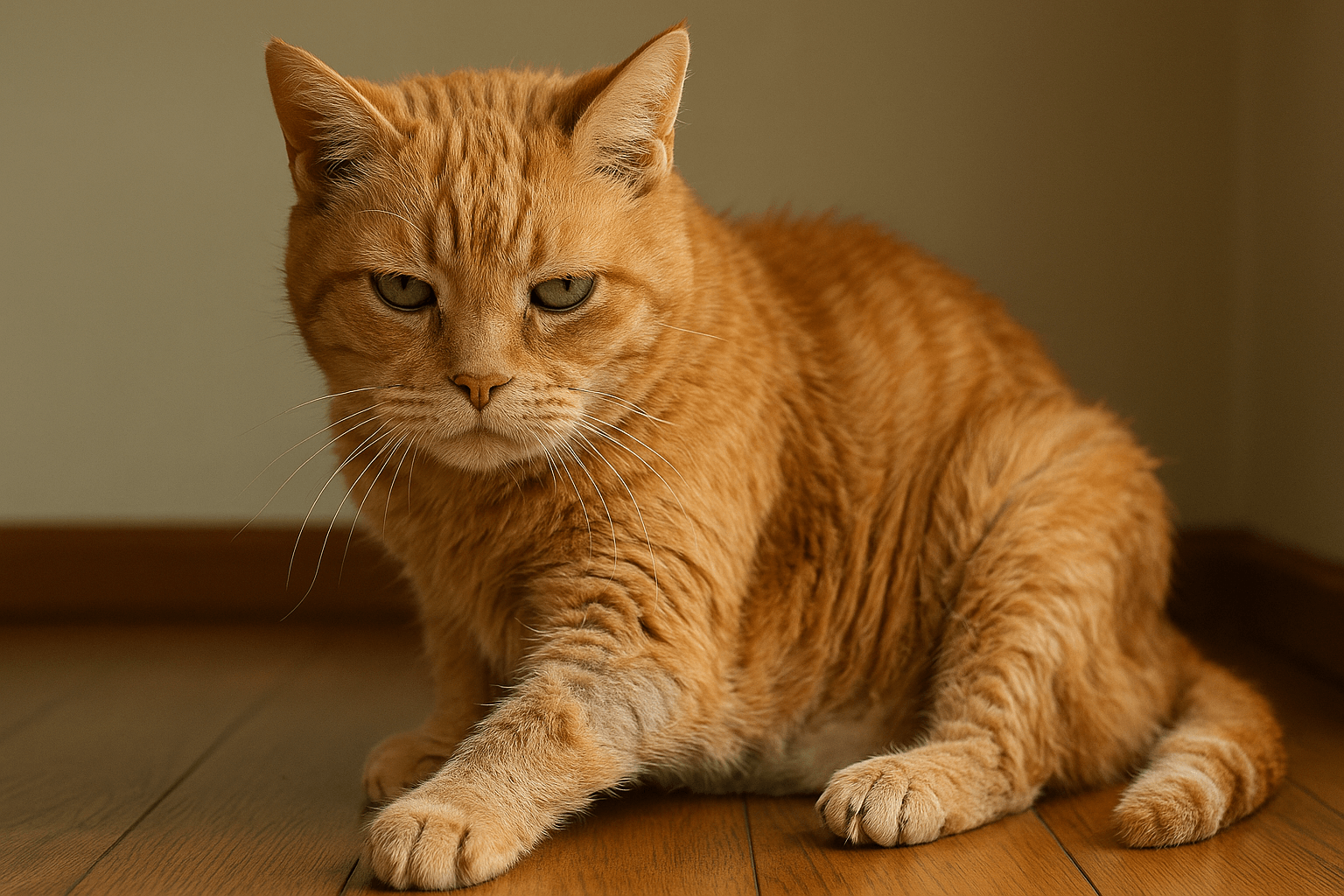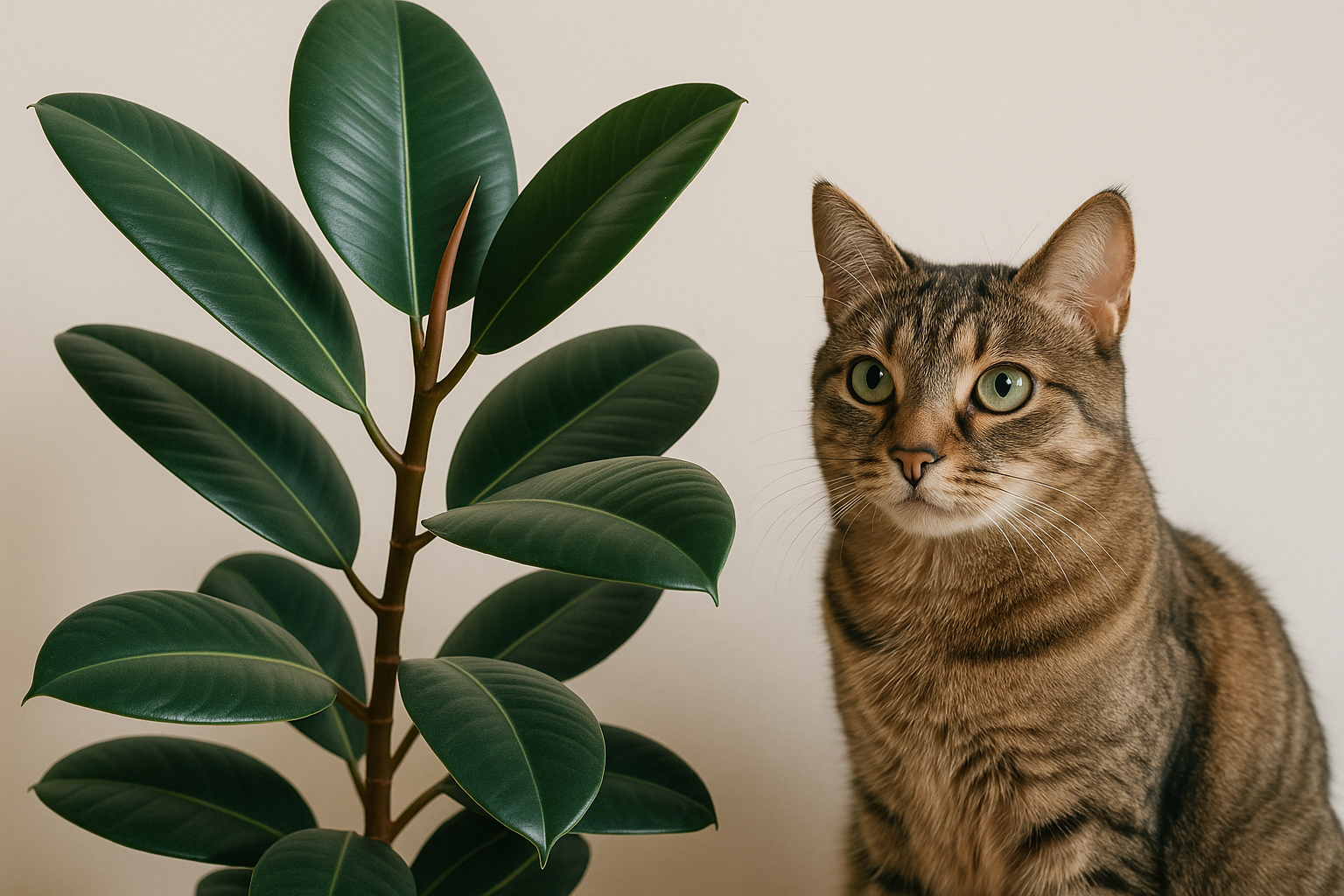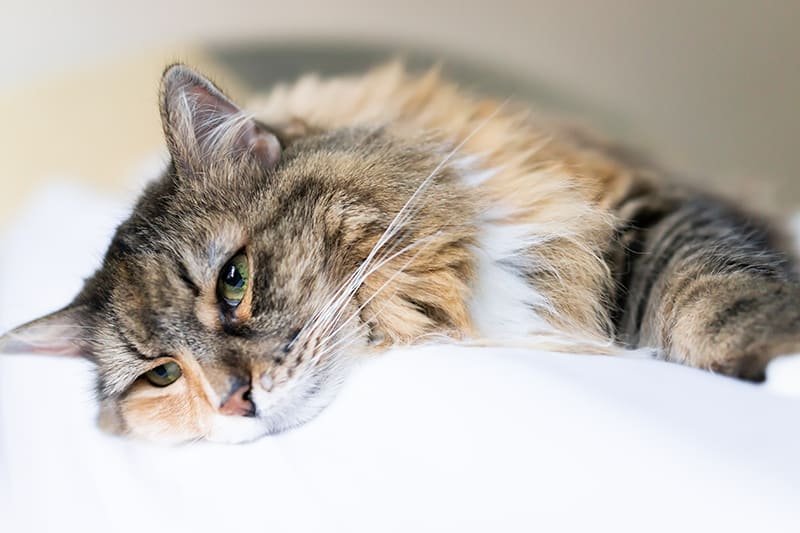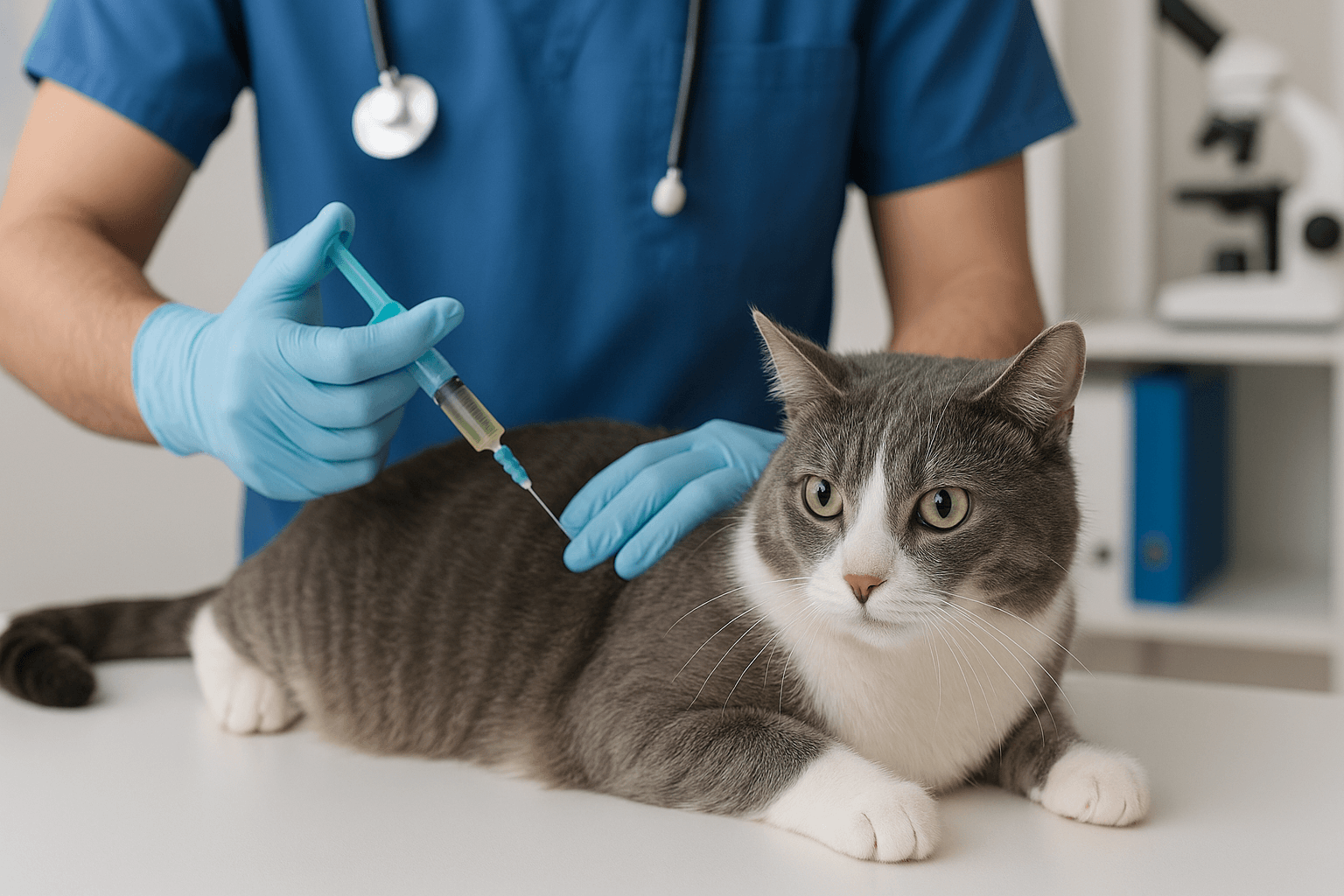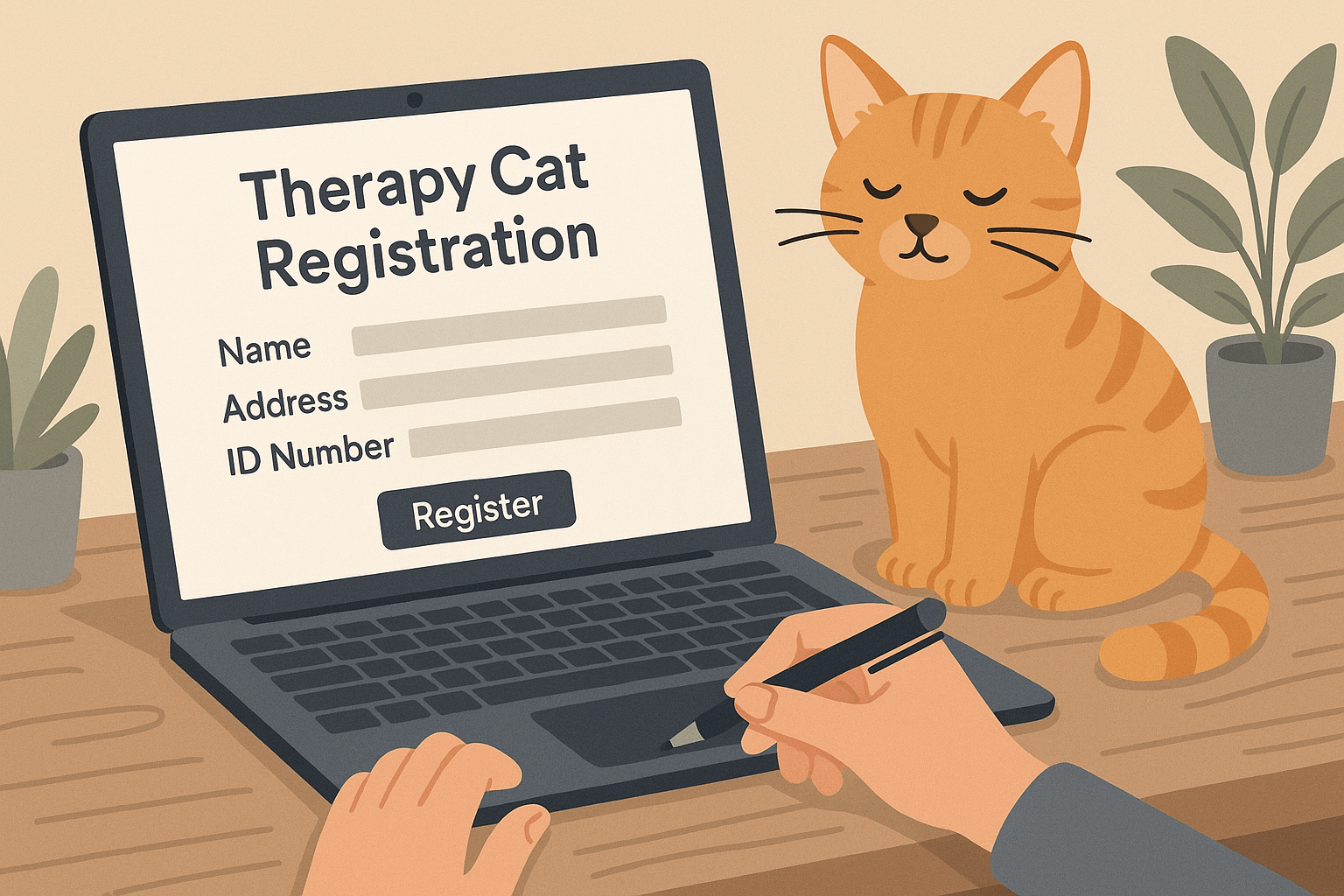Understanding Osteoarthritis in Cats
Osteoarthritis, a degenerative joint disease, is more common in cats than many pet owners realize. Often overlooked or mistaken for normal signs of aging, this condition can significantly impact a cat’s quality of life if left untreated. Osteoarthritis affects the cartilage and joints, leading to pain, stiffness, and reduced mobility. Recognizing the symptoms early and understanding how to manage the condition can make a world of difference for your feline friend. In this guide, we’ll explore the causes, signs, and treatment options for osteoarthritis in cats, empowering you to provide the best care possible for your beloved companion.
Common Symptoms of Osteoarthritis in Cats
Identifying osteoarthritis in cats can be challenging, as they are masters at hiding discomfort. However, subtle changes in behavior or activity levels may indicate underlying joint issues. Here are some key signs to watch for:
Reduced Activity Levels:
Cats with osteoarthritis may become less active, avoiding jumps or climbs they once performed effortlessly.Difficulty Jumping or Climbing:
You might notice your cat hesitating or struggling to leap onto furniture or window sills.Changes in Grooming Habits:
Over-grooming or neglecting grooming altogether can signal pain or stiffness in certain areas.Limping or Favoring Certain Limbs:
While not always obvious, limping or favoring one leg over another may indicate joint discomfort.Irritability or Aggression:
Pain from osteoarthritis can cause even the most docile cats to lash out when touched or handled.
Recognizing these symptoms early allows you to seek veterinary care promptly, improving your cat’s comfort and well-being.
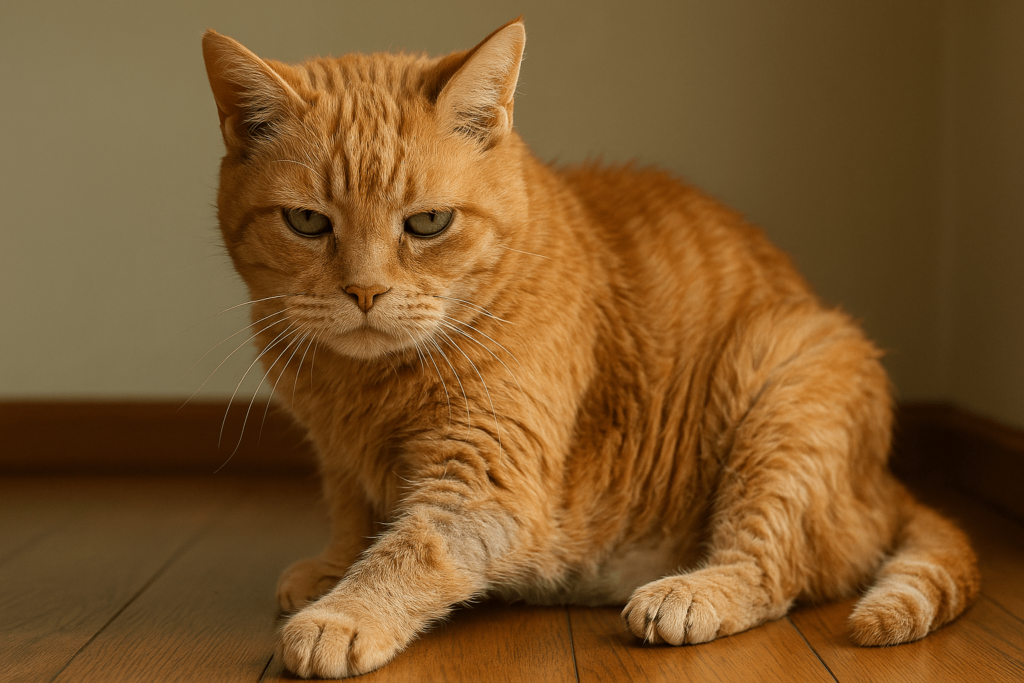
Causes and Risk Factors of Feline Osteoarthritis
While osteoarthritis is often associated with aging, several factors can contribute to its development in cats. Understanding these causes helps in prevention and management.
Age-Related Wear and Tear:
As cats grow older, the natural wear and tear on their joints increase the risk of developing osteoarthritis.Obesity and Excess Weight:
Extra weight places additional stress on joints, accelerating cartilage degeneration and worsening symptoms.Previous Joint Injuries:
Cats that have suffered fractures, sprains, or other joint injuries are more prone to developing arthritis later in life.Genetic Predisposition:
Certain breeds, such as Maine Coons and Persians, are genetically predisposed to joint issues, making them more susceptible.Inflammatory Conditions:
Chronic inflammation from conditions like infections or immune disorders can damage joint tissues over time.
By addressing these risk factors, you can take proactive steps to minimize your cat’s chances of developing osteoarthritis.
Check this guide 👉Hind Legs Sitting Cat Hip Dysplasia: Best 7 Expert Tips!
Check this guide 👉Hip Dysplasia in Cats: Best 7 Expert Tips!
Check this guide 👉What Does a Cat Orthopedic Surgeon Do? Best 7 Expert Tips!
Management Strategies for Osteoarthritis | Benefits of Each Approach |
|---|---|
Weight management and diet control | Reduces stress on joints and slows progression |
Providing soft bedding and ramps | Enhances comfort and accessibility |
Administering prescribed medications | Alleviates pain and reduces inflammation |
Regular low-impact exercise | Maintains joint flexibility and muscle strength |
Routine veterinary check-ups | Ensures early detection and effective treatment |
Treatment Options for Cats with Osteoarthritis
While osteoarthritis cannot be cured, there are various treatments available to manage pain and improve your cat’s quality of life. These options focus on alleviating discomfort and supporting joint health.
Pain Medications:
Veterinarians may prescribe non-steroidal anti-inflammatory drugs (NSAIDs) or other pain relievers to reduce inflammation and discomfort.Joint Supplements:
Supplements containing glucosamine, chondroitin, and omega-3 fatty acids can help support cartilage repair and joint lubrication.Physical Therapy:
Gentle exercises or hydrotherapy can strengthen muscles around affected joints, improving mobility and reducing strain.Environmental Modifications:
Adding ramps, steps, or soft bedding makes it easier for your cat to navigate their surroundings without straining their joints.Alternative Therapies:
Acupuncture or laser therapy may provide additional relief by targeting pain and promoting healing.
Combining these treatments under veterinary guidance ensures a comprehensive approach to managing osteoarthritis effectively.
How to Support Your Cat’s Emotional Well-Being
Living with osteoarthritis can be frustrating for cats, affecting not only their physical health but also their emotional state. Supporting their mental well-being is just as important as addressing their physical needs.
Offer Comfortable Spaces:
Provide cozy resting spots where your cat feels safe and relaxed, minimizing stress and anxiety.Maintain a Routine:
Keeping feeding, playtime, and grooming schedules consistent helps reassure your cat during uncertain times.Engage in Interactive Play:
Use toys that encourage gentle movement, helping your cat stay active while avoiding excessive strain on their joints.Show Affection and Patience:
Spend quality time bonding with your cat through gentle petting or talking, reinforcing trust and security.Monitor Behavioral Changes:
Keep an eye on shifts in mood or habits, as these could indicate worsening pain or emotional distress.
By prioritizing your cat’s emotional health, you create a supportive environment that enhances their overall happiness.
Preventive Measures to Reduce Osteoarthritis Risk
Preventing osteoarthritis involves taking proactive steps to protect your cat’s joint health throughout their life. Early intervention can delay or mitigate the onset of the condition.
Maintain a Healthy Weight:
Obesity is a major risk factor; ensuring your cat stays lean reduces pressure on their joints.Encourage Safe Exercise:
Provide opportunities for safe, low-impact activities like chasing toys or climbing short heights.Avoid High-Impact Activities:
Discourage behaviors that put excessive strain on joints, such as jumping from great heights.Regular Veterinary Screenings:
Early detection of joint issues allows for timely interventions before symptoms worsen.Provide Balanced Nutrition:
A nutrient-rich diet supports overall health and strengthens bones and cartilage.
Taking these preventive measures sets the foundation for long-term joint health and minimizes the risk of osteoarthritis.
Preventive Measures to Reduce Osteoarthritis Risk
Preventing osteoarthritis involves taking proactive steps to protect your cat’s joint health throughout their life. Early intervention can delay or mitigate the onset of the condition.
Maintain a Healthy Weight:
Obesity is a major risk factor; ensuring your cat stays lean reduces pressure on their joints.Encourage Safe Exercise:
Provide opportunities for safe, low-impact activities like chasing toys or climbing short heights.Avoid High-Impact Activities:
Discourage behaviors that put excessive strain on joints, such as jumping from great heights.Regular Veterinary Screenings:
Early detection of joint issues allows for timely interventions before symptoms worsen.Provide Balanced Nutrition:
A nutrient-rich diet supports overall health and strengthens bones and cartilage.
Taking these preventive measures sets the foundation for long-term joint health and minimizes the risk of osteoarthritis.
How to Adapt Your Home for a Cat with Osteoarthritis
Making simple modifications to your home can greatly improve your cat’s comfort and independence. These changes cater specifically to their needs as they age.
Install Ramps and Steps:
Help your cat reach favorite spots like beds or couches without straining their joints.Provide Orthopedic Beds:
Soft, supportive bedding eases pressure on sore joints and encourages restful sleep.Minimize Slippery Surfaces:
Place rugs or mats on slippery floors to prevent falls and boost confidence while walking.Keep Essentials Accessible:
Position food, water, and litter boxes within easy reach to reduce unnecessary movement.Create Quiet Retreats:
Designate peaceful areas where your cat can relax undisturbed, reducing stress and fatigue.
Adapting your home demonstrates your commitment to providing a supportive environment for your cat’s changing needs.
Frequently Asked Questions About Osteoarthritis in Cats
Can young cats develop osteoarthritis?
Yes, though it’s more common in older cats, younger ones with joint injuries or genetic predispositions can also develop the condition.
Is osteoarthritis painful for cats?
Yes, it causes chronic pain and stiffness, which can significantly affect their quality of life.
What should I feed my cat with osteoarthritis?
A balanced diet rich in antioxidants and omega-3 fatty acids supports joint health and helps maintain a healthy weight.
How often should I take my cat to the vet?
Regular check-ups every 6-12 months are recommended to monitor the progression of osteoarthritis and adjust treatment plans.
Can osteoarthritis be prevented?
While not entirely preventable, maintaining a healthy weight and avoiding joint injuries can reduce the risk.
Empowering Your Cat to Thrive Despite Osteoarthritis
Osteoarthritis in cats may be a challenging condition, but with proper care and attention, your feline companion can continue to lead a fulfilling life. By staying vigilant for symptoms, working closely with your veterinarian, and implementing supportive measures, you can minimize discomfort and maximize joy for your pet. Remember, small adjustments—like providing ramps, administering supplements, or simply offering extra love—can make a big difference. With compassion and dedication, you can ensure your cat enjoys their golden years with dignity and comfort.
Is the Rubber Tree Cat Safe? Best 7 Expert Tips! Discover expert advice on keeping rubber plants safely in cat-friendly homes and learn top tips for pet-safe plant care.
Low Red Blood Cell Count in Cats: Best 7 Expert Tips! Discover causes, symptoms, and treatment options for feline anemia. Learn how to support your cat’s health effectively with expert advice.
Understanding Megacolon Treatment: Best 7 Expert Tips! Discover effective strategies to manage feline megacolon, from dietary changes to surgical options, ensuring your cat’s comfort and long-term health.
How to Register a Therapy Cat: Best 7 Expert Tips! Discover essential steps to certify your cat as a therapy animal, prepare them for training, and make a meaningful impact in therapeutic settings.

